This post is sponsored by the Certified Angus Beef® brand in conjunction with a social media campaign through Sunday Supper LLC. All opinions are my own. Enjoy this recipe for Cornish pasties made with Certified Angus Beef®.
I am so excited that “The Great British Baking Show” is returning to Netflix on August 30. I’ve mentioned before that this quirky import from the British Isles is one of my favorite shows. I never fail to be amazed by the skill and creativity of the bakers and the difficulty and variety of the challenges. The bakers in the tent work so hard and for what? No money, no prizes – just pride and the occasional Paul Hollywood handshake. (Of course, many of the more successful contestants do go on to write cookbooks.)
Another reason that I love “The Great British Baking Show” is because I learn so much about old-fashioned, regional British baking traditions. Because of the insane popularity of the show, we Americans are now all experts on classic British “bakes” like the Victoria Sandwich, steamed puddings and iced buns.
Another British tradition we have learned about through six seasons of The Great British Baking Show is savory meat pies. The Brits love to wrap pastry about meat and call it dinner, don’t they? One of the best known savory meat pies from the British Isles is, of course, the Cornish pasty. These iconic handheld meat pies were featured in the very first season of the show.
A Cornish pasty (pronounced past-ee, not paste-e) is a hearty, portable meat and vegetable turnover that, in past centuries, Cornish miners and farm laborers brought with them to work to keep them nourished during a long day of physical labor. There are a few elements that make a Cornish pasty distinctive from other meat pies. First, the ingredients are simple: beef, onion, potato, and possibly rutabaga (or swede as it is known in the U.K.). Second, the meat and vegetables go into the pastry raw; they are not sautéed beforehand.
Although Cornish pasties hail from England’s southwestern mining country, they also have a connection to the Midwestern United States. In the middle of the 19th century, many Cornish miners emigrated to America, Australia and other countries in search of better economic opportunities. They often gravitated towards places with mines – since they were so skilled at mining – such as Pennsylvania, Wisconsin and Michigan’s Upper Peninsula. Naturally, these miners brought many of their traditions with them, including the tradition of taking a savory meat pie down into the mines with them for an on-the-go lunch. Even today, you can find Cornish pasties sold all over the U.P.
In honor of The Great British Baking Show’s imminent return, I decided to try my hand at making a Cornish pasty that would satisfy Paul Hollywood. I knew exactly what recipe I wanted to use for the crust: it is a sturdy yet flaky dough that combines vegetable shortening (for texture), butter (for flavor) flour, egg and water spiked with a litle vinegar, which helps keep the dough tender. (I use this same dough recipe to make a delicious air-fried Natchitoches Meat Pie in my upcoming book The Epic Air Fryer Cookbook.)
As for the beef, of course I was going to choose Certified Angus Beef®. Any lean cut, such as skirt steak or sirloin will work well. Just cut it thinly and across the grain. (For recipes, cooking tips and more, be sure to join the Certified Angus Beef® Kitchen Facebook group.)
I was concerned, however, about not cooking the vegetables beforehand, but I heeded Paul Hollywood’s advice to chop them very finely to ensure that they will cook through in the oven. Happily, they came out perfectly crisp-tender and I came around to the idea of not pre-cooking the meat and vegetables. It does save some work. On one hand, chopping the vegetables so finely is tedious, but on the other hand, not having to sauté the meat and vegetables before placing them in the pastry saves a step and a dirty pan. You may not be familiar with rutabaga – one of the traditional ingredients for a Cornish pasty – but give it a try. It is a firm, knobby root vegetable with sweet taste and a pretty yellow flesh.
My family ended up loving these Cornish pasties and they made for a fun, out-of-the-ordinary dinner. While the recipe does have a lot of steps, many of them can be done in advance, such as making the dough. You can even make the pasties ahead of time and refrigerate them until you are ready to bake. While it is not traditional to serve a sauce with a Cornish pasty, I ended up serving these with a sweet and spicy tomato jam, and I think that was a nice complement. (Ketchup would also work, but I wouldn’t go telling that to any Cornish miners.)
Have you ever had a Cornish pasty before? Will you be watching “The Great British Baking Show” when it returns to Netflix on August 30? Let me know!
Ingredients
- 2 1/4 cups flour
- 1 1/4 tsp salt
- 4 TB cold butter, cubed (or 8 TB butter if you prefer not to use shortening)
- 4 TB cold vegetable shortening, cubed
- 1 egg
- 1/3 cup ice water
- 2 tsp red wine vinegar
- 1 yellow onion, sliced thinly
- 1 starchy potato, such as a Russet, peeled and cut into thin matchsticks
- 1/2 a rutabaga, peeled and cut into thin matchsticks
- 3/4 lb. lean beef, cut into thin strips
- 2 carrots, finely diced
- 4 TB butter, divided
- Salt and pepper to taste
- 1 egg beaten with 1 TB water
Instructions
- To make the pie dough, combine the flour and salt in a food processor and pulse a few times to combine. Add the butter and shortening and pulse until mixture resembles coarse crumbs.
- Add the egg. Whisk together the ice water and vinegar and add 8 tablespoons of the liquid to the flour. Pulse a few additional times. Take a small handful of the dough and pinch it to see if it holds together. If it does not, add more water until the dough holds together when squeezed.
- Turn the dough out onto a floured board and knead until it comes together in a ball. Divide into four equal balls. Wrap the balls well in plastic and refrigerate for at least one hour and up to several days.
- Preheat the oven to 400. Working with one piece at a time, roll the dough on a well-floured board to a circle of 7 to 8 inches in diameter and 1/4 to 1/8 inch thick.
- Spread a thin layer of onion on half of the dough circle, leaving a 1/2-inch border around the edge. Top with a layer of potato followed by a layer of rutabaga. Add 1/4 of the beef on top of the rutabaga and spinkle carrot over the beef. Season well with salt and pepper. Dot with one tablespoon of butter.
- Fold the dough over into a half-moon shape, line up the edges and press them to seal. Crimp the edges shut by pinching them with your fingers or using the tines of a fork. Repeat with the remaining dough and filling.
- Place filled pasties on a parchment paper-lined baking sheet. (Pasties may be filled ahead of time and chilled until ready to bake.) Brush the tops of the pasties with the egg wash and cut two small slits for venting in each.
- Bake at 400 for 20 minutes then reduce heat to 375 and bake for another 30 minutes until the crust is golden brown and the filling bubbling.
- Serve hot.
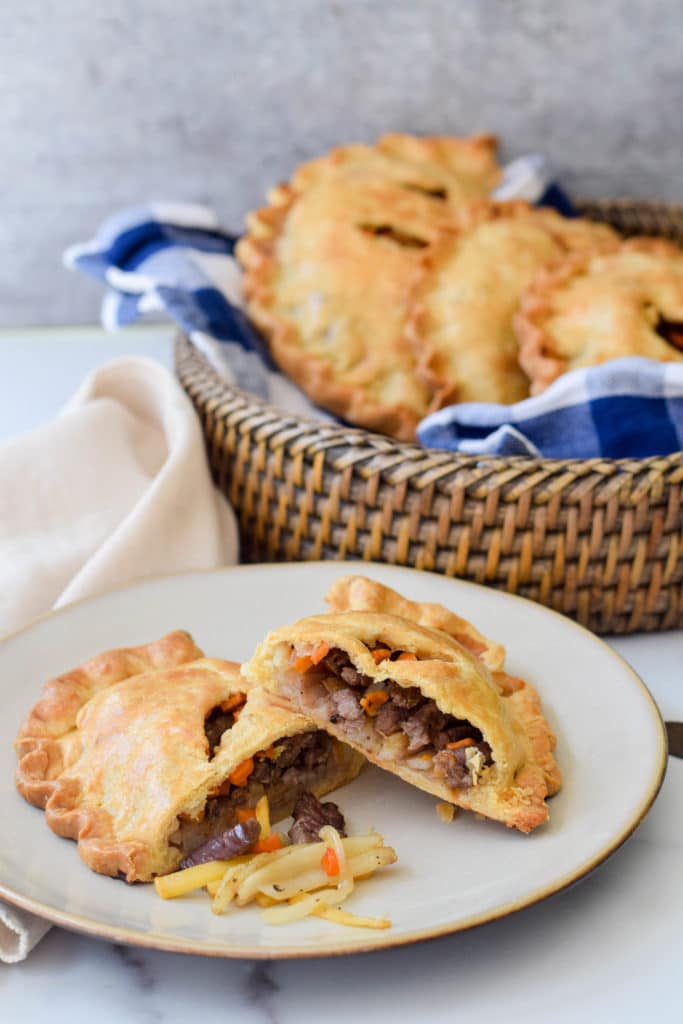
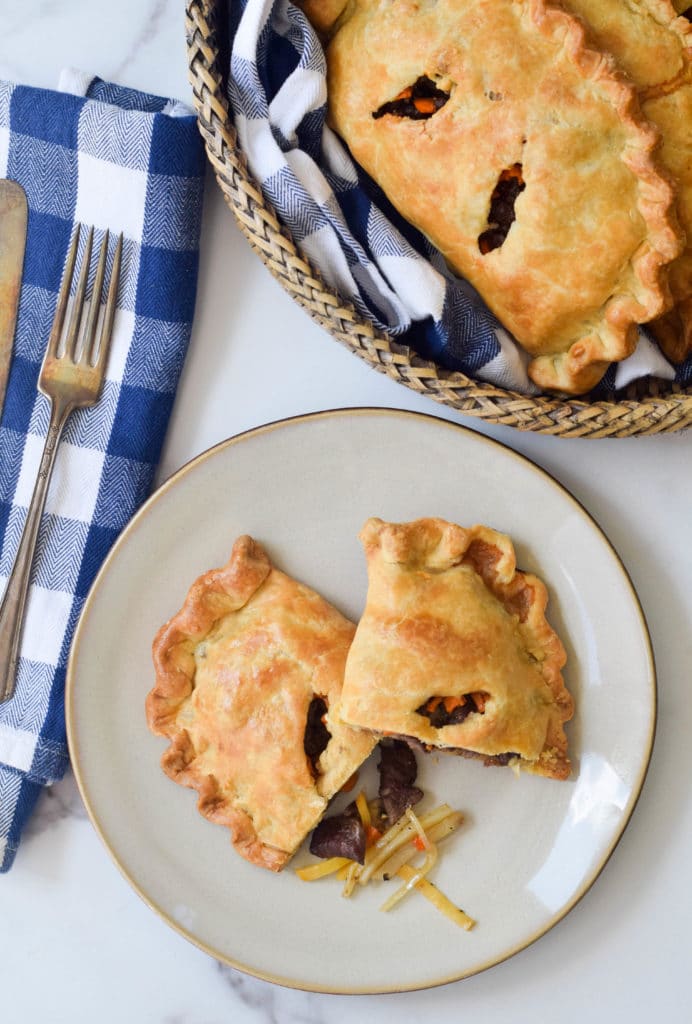
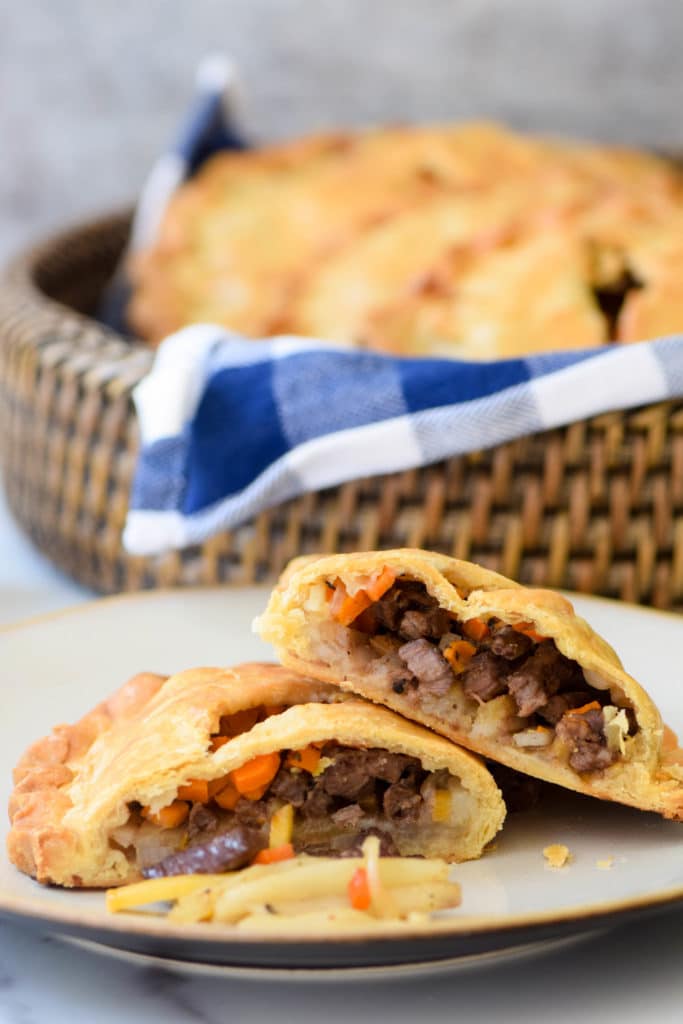
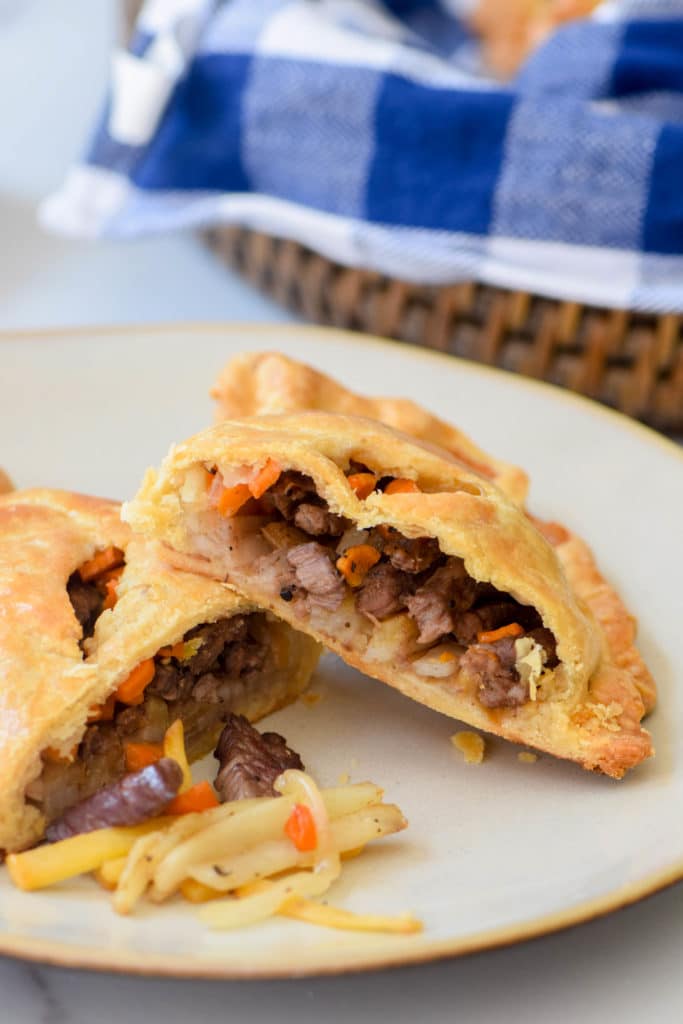
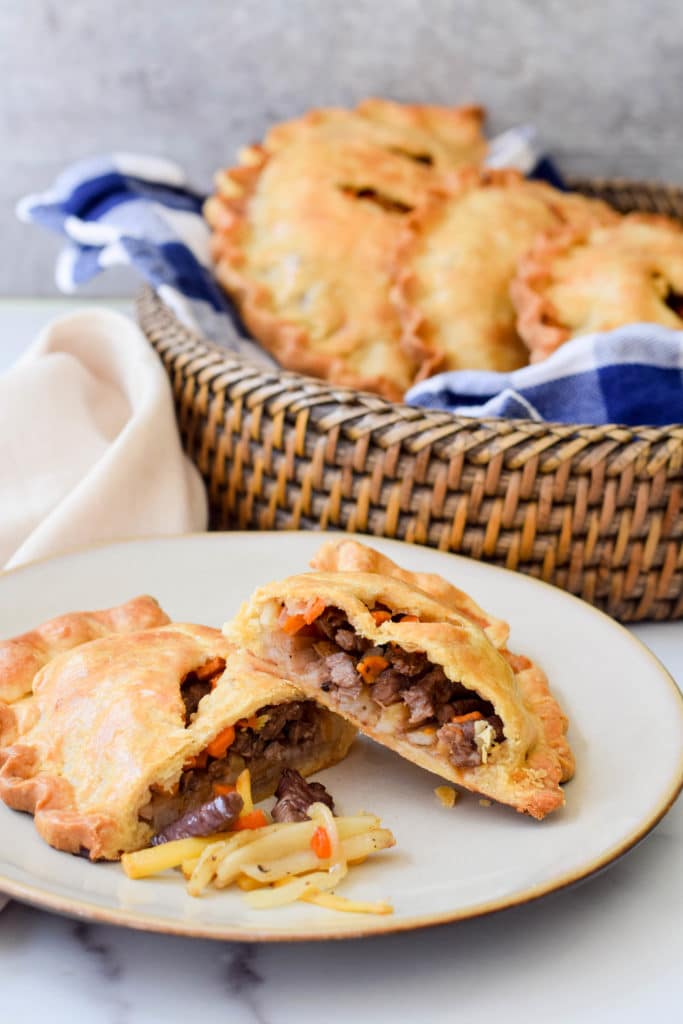
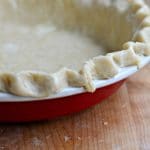



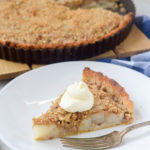
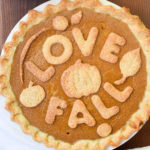
Looks amazing!
Thank you so much!